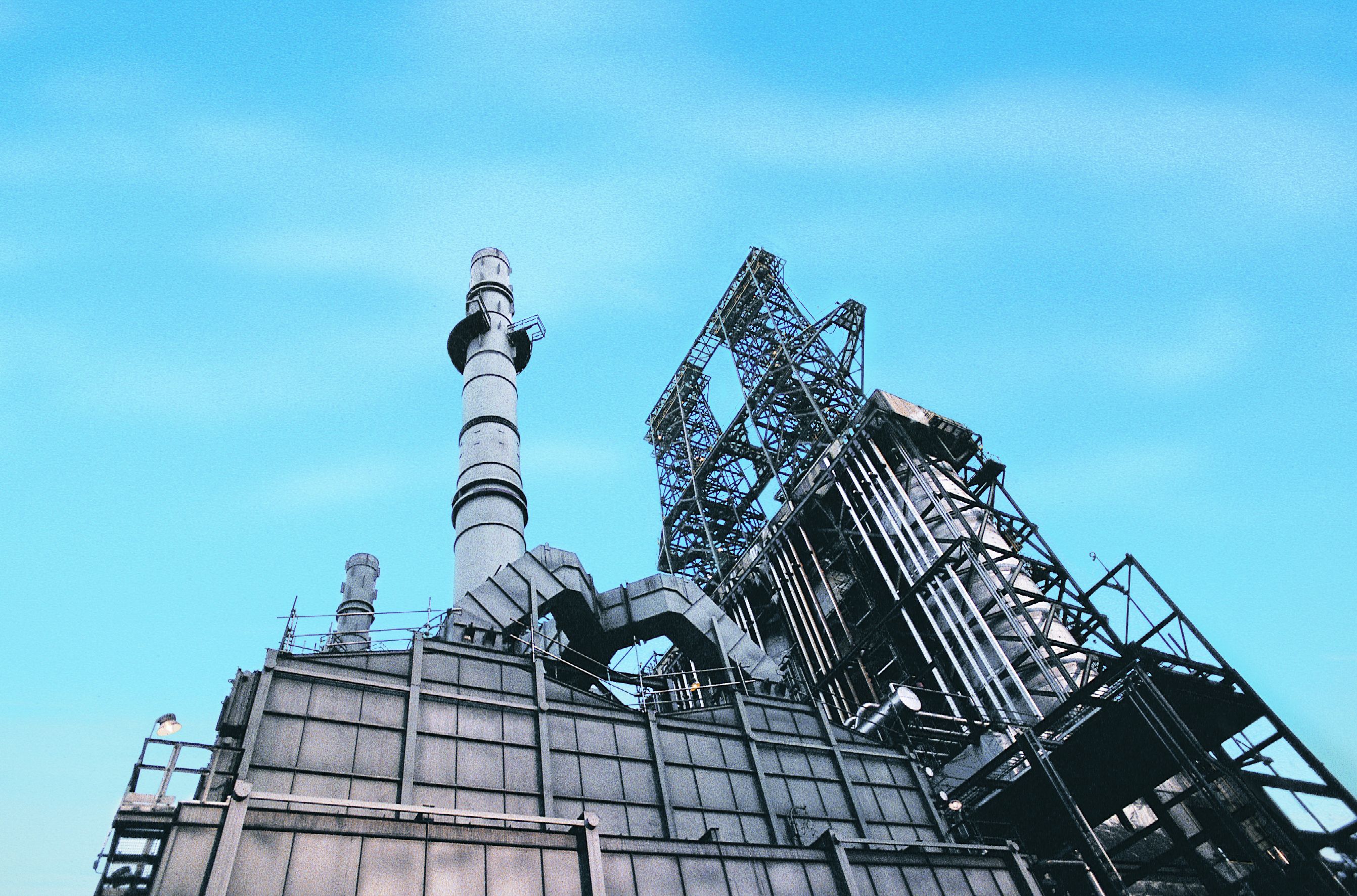The last year was a ground-breaking year for one-time oil industry high-flyer Penn West Petroleum Ltd. (TSX:PWT)(NYSE:PWE). Not only was it able to make sufficient asset dispositions to ensure its survival, but it was able to transform itself into a nimbler, more focused upstream energy company.
There are three major indicators that Penn West is well positioned to emerge as a smaller but more efficient oil producer that can unlock value for investors.
Now what?
Firstly, Penn West continues to maintain tight control of costs.
Operating costs during 2016 fell by an impressive 29% compared to a year earlier. Financing costs were also lower — down by almost 30% year over year — and decommissioning expenses fell by a stunning 69%. This can be primarily credited to Penn West significantly reducing debt through a series of asset sales, the most significant being the $975 million sale of its Saskatchewan Viking acreage.
More importantly, these expenses will remain lower for the foreseeable future, leaving Penn West well positioned to take full advantage of higher oil prices, delivering higher netbacks and increased profitability.
Secondly, Penn West has substantially boosted spending on exploration and development.
One of the biggest issues facing Penn West at this time is the significant reduction in oil reserves and production because of its decision to divest itself of assets to ensure its survival. Nonetheless, it is making all the right moves to resolve this issue.
For 2017, Penn West has budgeted $160 million for exploration and development to fund the drilling of 97 wells with a focus on its proven Cardium assets. This is in stark contrast to 2016, when Penn West did not invest any funds in exploration or development because of its desperate financial straits.
This tremendous uptick in exploration and development activity, according to management, will boost 2017 oil production by 15%, allowing Penn West to take full advantage of higher oil prices.
According to management’s projections, Penn West can self-fund its capital program with West Texas Intermediate at about US$50 per barrel. It will also allow it to unlock the tremendous exploration upside that exists in its Cardium and Alberta Viking acreage.
Speaking of Penn West’s Viking acreage, it is believed to hold similar potential to the prolific Saskatchewan Viking asset. During 2016, the company drilled 11 wells in the Alberta Viking asset, and the results showed that those wells were the best in their class, highlighting the potential of this asset and making it an integral part of Penn West’s growth plans.
Finally, Penn West has a decline rate that is one of the best among its peers.
Between the end of 2015 and the end of 2016, Penn West was able to reduce its corporate decline rate by impressive 3%; it’s now at 19%, which is one of the lowest in the energy patch for an intermediate upstream oil producer. This is particularly important because a low corporate decline rate means that less capital must be diverted to maintenance drilling to alleviate declining oil reserves. It frees up capital that can be used to fund growth through greater levels of exploration and development.
So what?
Penn West’s close call with the corporate undertaker should be reminder for investors as to how loading up on debt and low-quality assets can take an oil producer to the brink of failure.
Nevertheless, Penn West has emerged as smaller, more focused upstream oil company with a solid balance and a high-quality portfolio of light oil assets which will allow it to unlock value for investors in coming years.







